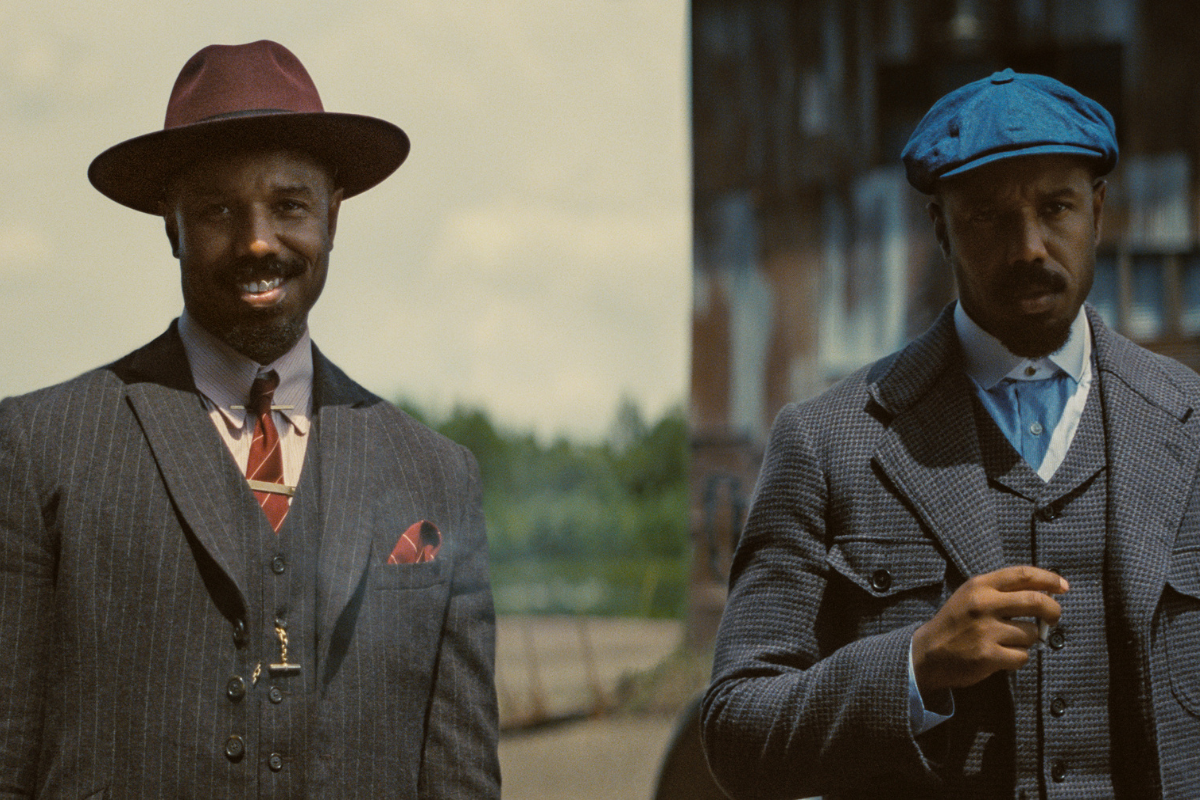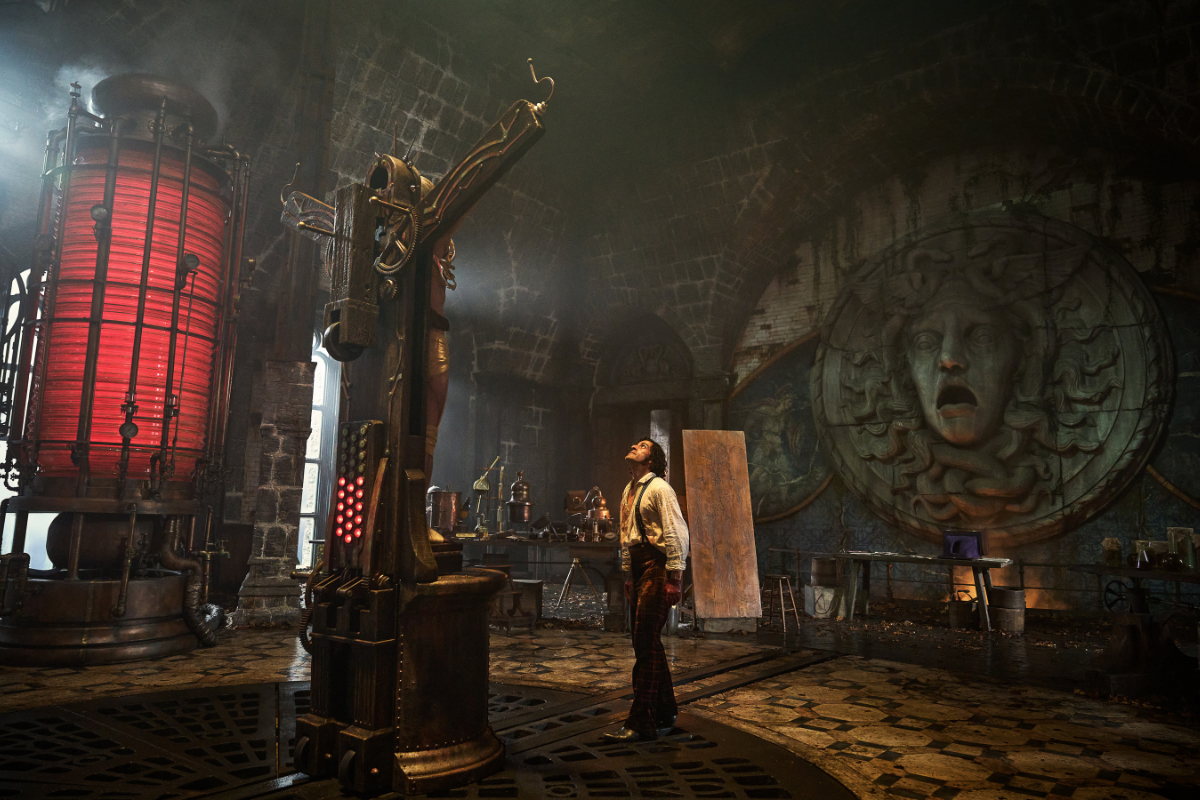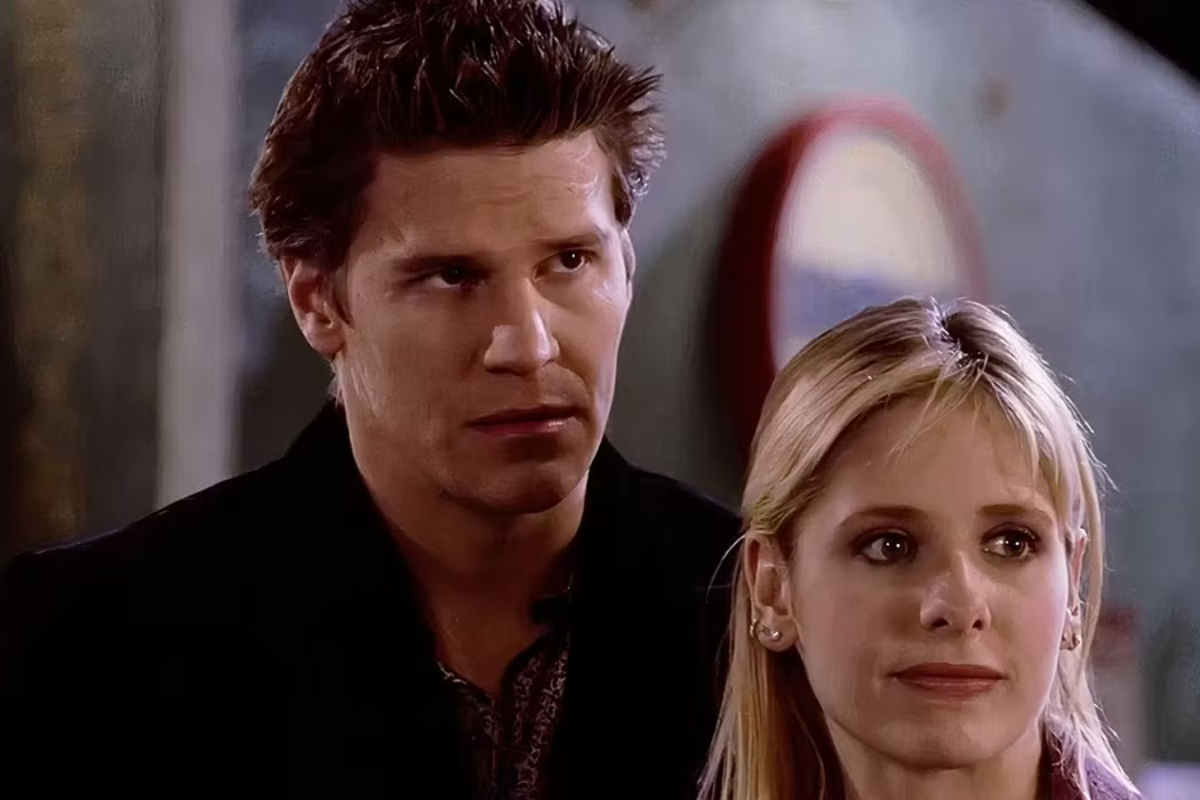ASK DR. FORMAT: Is Formatting the Cause of Insanity in Screenwriters?
With so many conflicting opinions on screenplay formatting out there, Dave Trottier offers advice to keep screenwriters from losing their minds.
Dave Trottier is a produced screenwriter, award-winning teacher, acclaimed script consultant, author of The Screenwriter's Bible, and friendly host of keepwriting.com. Follow Dave on Twitter: @DRTrottier.
QUESTION
I attended a major conference and heard so many contradictory “rules” about formatting that my head is spinning. I was told if a reader, agent, director, producer, etc., sees the following things in your script, you will be immediately branded as an amateur regardless of how good your screenplay is. It’s driving me insane! Will you please comment on the following seven “rules” that I heard at this major conference? Signed: “Seriously considering horticulture instead.”
ANSWER
Yes, I will. I will list your seven “rules” in italics and comment on each individually.
1. Some “experts” said CUT TO is no longer used; others said it doesn’t matter.
In a way, both experts are right. Although it’s okay to use CUT TO, you should use it sparingly, if at all in a spec script. If you use any editing direction (CUT TO, DISSOLVE, WIPE, etc.), there should be a story reason for it. Don’t use it just for style. The bottom line is this: if I see two or three editing directions in your script, I’m not concerned. If I see one after every scene, then you may have a problem.
2. Don’t put DAY in the scene heading. Is it now considered presumptuous for the lowly writer to tell the auteur whether it’s dark or light outside?
I am as surprised as you. The person who said this probably fled afterwards under the cover of NIGHT. Go ahead and indicate DAY (or NIGHT) in your scene headings.
However, there may be situations where you don’t need to indicate DAY or NIGHT if it’s already obvious. For example, if you’ve established that we’re inside a house during the daytime (INT. JACK’S HOUSE – DAY), and your next scene location is a room inside that house, you may be able to get by without indicating DAY (INT. JACK’S KITCHEN). This may be what your expert was referring to.
3. No periods or dashes after EXT or INT.
There should be a period after EXT and INT, but no dash. However, few people will care; but for the record, here’s what a master scene heading should look like:
EXT. HIGHWAY - DAY
4. No ANGLES ON or CLOSE UPS. So how do you tell a director that the audience really needs to see the inscription on a gun or something else that requires a close up?
Avoid camera angles and camera directions. If you want a close up of the gun, simply write:
The inscription on the gun says, “No close ups or you’re dead.”
The above description has to be a CLOSE UP. Part of the art of spec writing is learning how to direct the camera without using camera directions.
5. Some “experts” said to use no parentheticals [actor ’s instructions] at all; others said to use parentheticals only for action, not for emotion. I thought action lines showed action.
You’re right; they do. However, small bits of action that accompany dialogue may be written as parentheticals. I’ll provide an example a little later (#6).
And certainly, the main use of parentheticals is to indicate the subtext (or emotional content) of the speech when that subtext would not otherwise be apparent. For example:
RUPERT
(lovingly)
You disgust me.
One caveat with parentheticals is to not go overboard with them.
6. No dot, dot, dot.
Wrong. Use the ellipsis (three dots in a row) in dialogue to show continuity of thought. What follows is an example.
JOAN
I thought you were...
DR. V
... dead?
(pointing a gun)
You were mistaken.
And—bingo!—I just wrote an action as a parenthetical.
7. And no beats! So how do I show a pause?
You can use the word “beat,” but it is rather pedestrian and unimaginative. I suggest that you use a better word or phrase that implies the pause you want while commenting on character or story.
SOL
But you said -–
LUNA
-- I said I’d be back by sunset.
(holding Sol’s gaze)
And I’m not lying.
May I share a few final comments?
I understand your frustration about formatting. The confusion out there is one reason I donned my Dr. Format tights in the first place.
Please relax and realize that most industry people are not searching for the slightest error in your script as an excuse to shred it. If you make a few little formatting mistakes, your script will not be trashed, especially if it is a well-written script. However, if you make many formatting errors or gross errors, then insiders will likely look askance at your script. Therefore, it’s in your best interests to strive for a professional presentation.
Also, too many writers see formatting as an arbitrary box that they must dump the content of their writing into. They are missing the important point that formatting is part of the writing itself. It’s the language of the screenplay.
Finally, most scripts that you can lay your hands on or buy are shooting scripts. Realize that the conventions are slightly different for specs.
It is my hope that you will learn the tools of your trade, including spec screenplay formatting, and that you will keep writing.
Get more advice from Dave Trottier in his books and classes available at The Writers Store
Be sure you get your FREE download of
Screenplay Formatting Tips.
Join the Script newsletter and find excellent resources to improve your screenwriting today!
Dave Trottier (AKA Dr. Format), author of seven books including The Screenwriter's Bible, has sold or optioned ten screenplays (three produced) and helped hundreds of writers sell their work and break into the biz. He is an award-winning teacher, in-demand script consultant, and friendly host of keepwriting.com. Twitter: @DRTrottier







